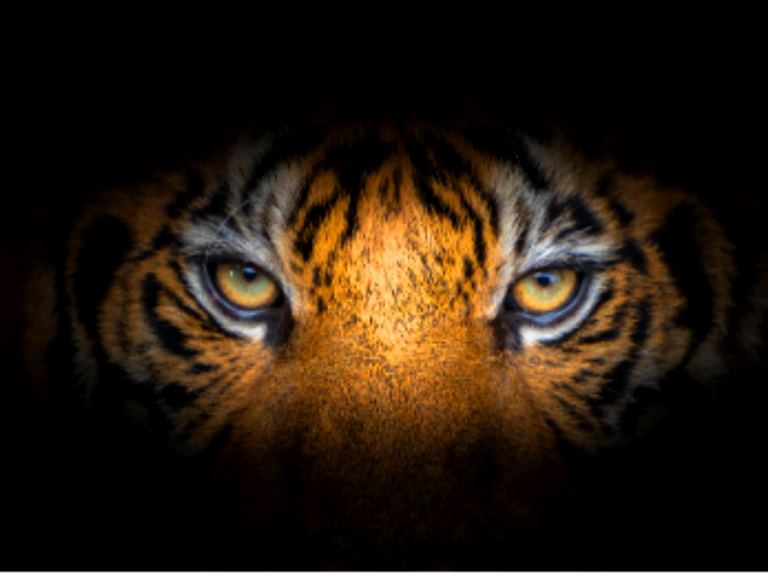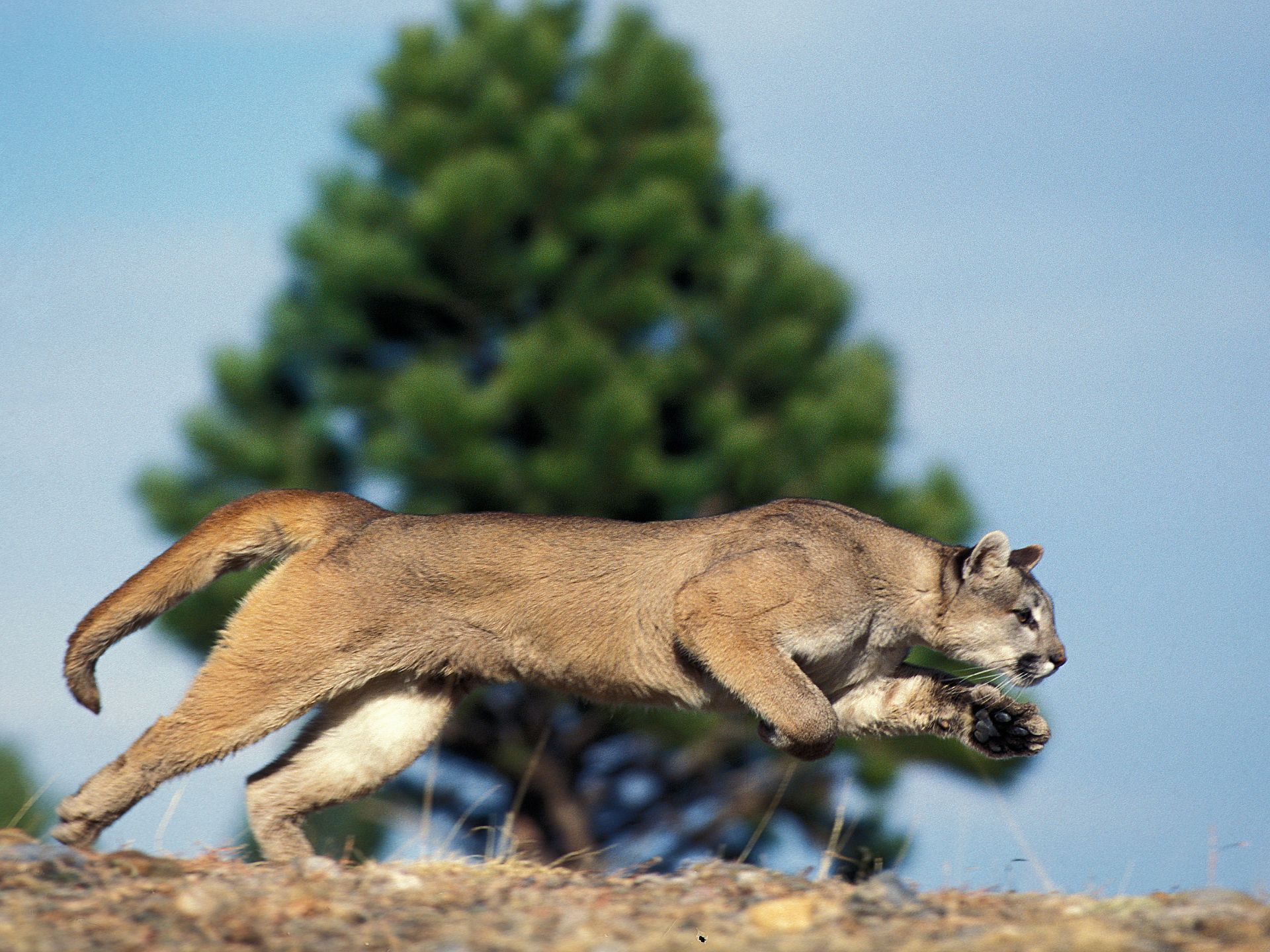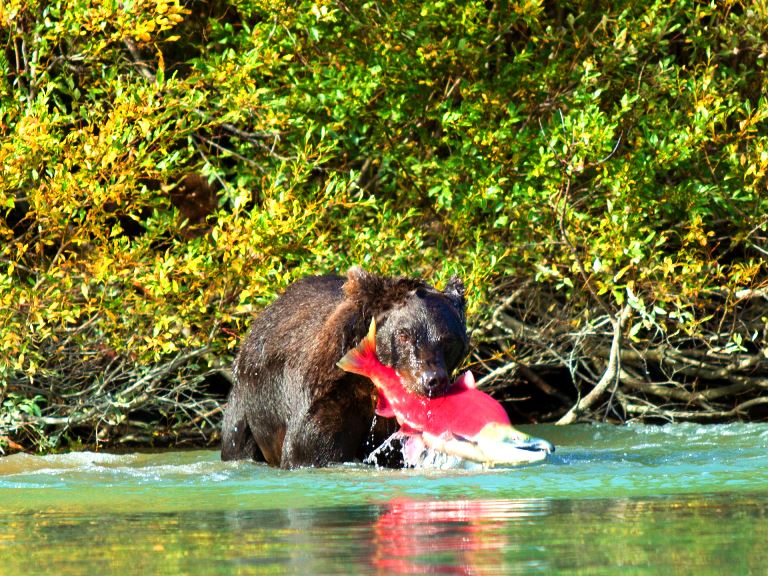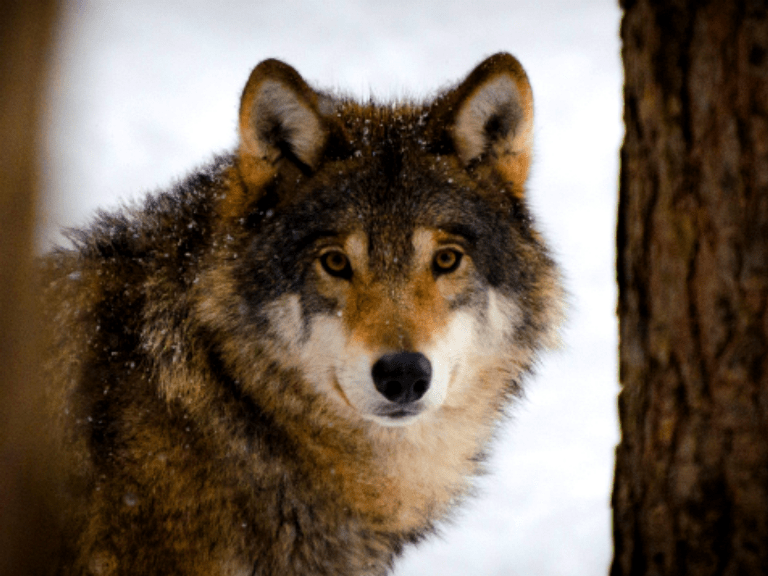[vc_row][vc_column][vc_column_text text_larger=”no”]No predator in nature is more specialized and charismatic than a feline, always outstanding for its elegance and seductive movements with panache and poise, a successful hunter, but do you know which is the most lethal feline in the world?
Diverse forms and ornaments among which we know, spots, stripes, rosettes, manes, and diverse sizes, some in the jungles, others in the savannahs, some in the mountains, some more aquatic than others, and in almost all terrestrial ecosystems impose the rules of the game. Only three places in the world are not lucky enough to have them, Australia, Madagascar, and Antarctica.
All or almost all of them share similar characteristics, rounded heads, powerful jaws, small incisors that contrast with their large canines, and retractable nails in all of them except the cheetah that being the fastest land animal on the planet requires extra traction, a kind of high speed 4X4. All felines are digitigrade, which means that they walk supporting only their toes and not the entire sole of their limbs, as bears or primates, which are plantigrade, would do.
Among the wide variety of felines in the world, the best known are perhaps lions, tigers, jaguars, leopards, pumas, and cheetahs, but we must not forget that there is also a great variety of medium and small felines that fulfill essential functions for the delicate balance and functioning of ecosystems, but are the big cats the most lethal in the world?
The success rate in hunting varies from one species to another, not always when the claw is extended, the prey succumbs, a high percentage of hunting operations end with the happy escape of the prey and a snort of frustration for the hunter, lions have a success rate between 20 and 25%, while the most lethal feline on the planet manages to conquer about 60% of the occasions in which it attacks. And by now, do you know which is the most lethal feline in the world, we are not far from finding out.
You may be interested: They discovered that wolves know how to fish
But contrary to what we might think, it is not the immense Siberian tiger, the largest and strongest feline on the planet; nor is it the king of the Amazon jungle, the stealthy jaguar whose jaw strength exceeds that of all its feline cousins; it is not the lion that hunts in packs and therefore its success rate is higher.
The most lethal feline in the world is the black-footed cat, a tiny African kitten that measures no more than 50 centimeters long, its maximum height is 20 cm and its weight never exceeds three kilograms, incredible, isn’t it?[/vc_column_text][vc_empty_space woodmart_hide_large=”0″ woodmart_hide_medium=”0″ woodmart_hide_small=”0″ woodmart_hide_extra_small=”0″][/vc_column][/vc_row][vc_row full_width=”stretch_row” woodmart_parallax=”1″ css=”.vc_custom_1680672154320{padding-top: 60px !important;padding-bottom: 150px !important;background-image: url(https://www.naturalpress.ca/wp-content/uploads/2020/09/Gato-patas-negras-03.jpg?id=970) !important;}” woodmart_css_id=”6108194d42921″ responsive_spacing=”eyJwYXJhbV90eXBlIjoid29vZG1hcnRfcmVzcG9uc2l2ZV9zcGFjaW5nIiwic2VsZWN0b3JfaWQiOiI2MTA4MTk0ZDQyOTIxIiwic2hvcnRjb2RlIjoidmNfcm93IiwiZGF0YSI6eyJ0YWJsZXQiOnsicGFkZGluZy10b3AiOiIxMzAiLCJwYWRkaW5nLWJvdHRvbSI6IjEyMCJ9LCJtb2JpbGUiOnt9fX0=” mobile_bg_img_hidden=”no” tablet_bg_img_hidden=”no” woodmart_gradient_switch=”no” row_reverse_mobile=”0″ row_reverse_tablet=”0″ woodmart_disable_overflow=”0″][vc_column width=”1/2″ scroll_x=”0″ scroll_y=”-40″ scroll_z=”0″ parallax_scroll=”yes” css=”.vc_custom_1627920560219{margin-bottom: -40px !important;padding-top: 0px !important;padding-right: 30px !important;padding-left: 30px !important;}” offset=”vc_col-lg-offset-6 vc_col-md-offset-6″ woodmart_css_id=”610818a56ee56″ responsive_spacing=”eyJwYXJhbV90eXBlIjoid29vZG1hcnRfcmVzcG9uc2l2ZV9zcGFjaW5nIiwic2VsZWN0b3JfaWQiOiI2MTA4MThhNTZlZTU2Iiwic2hvcnRjb2RlIjoidmNfY29sdW1uIiwiZGF0YSI6eyJ0YWJsZXQiOnsibWFyZ2luLWJvdHRvbSI6IjAifSwibW9iaWxlIjp7Im1hcmdpbi1ib3R0b20iOiIwIn19fQ==” mobile_bg_img_hidden=”no” tablet_bg_img_hidden=”no” woodmart_parallax=”0″ woodmart_sticky_column=”false” mobile_reset_margin=”no” tablet_reset_margin=”no”][vc_column_text text_larger=”no”]According to PBS Nature, the black-footed cat takes down more prey in one night than a leopard does in six months, a success rate that any of its larger cousins would envy. Although its measurements don’t look very intimidating, its rounded head, brown spotted coat, and stare are a living representation of the worst fears of rodents that inhabit the African savannas, its magnificent success rate makes it the most lethal feline on earth.[/vc_column_text][/vc_column][/vc_row][vc_row][vc_column][vc_column_text text_larger=”no”]Luke Hunter, who served as a scientific advisor for “Super Cats,” a PBS (Public Broadcasting Service) production, calls the black-footed cat “extraordinarily efficient and a real powerhouse. He added that small predators like the black-footed cat have an accelerated metabolism, which must be kept fed all the time, “so they’re constantly hunting.”
Three hunting methods, chosen according to the situation, turn this little kitten into a real killing machine. The tactic of swift confusion is the first of them, for at great speed they run through the tall grass thus scaring away rodents and small birds, it is almost random, and if in their way crosses, in the middle of the confusion, some of their prey, paw, and fang do the rest of the work.[/vc_column_text][vc_empty_space woodmart_hide_large=”0″ woodmart_hide_medium=”0″ woodmart_hide_small=”0″ woodmart_hide_extra_small=”0″][/vc_column][/vc_row][vc_row full_width=”stretch_row” woodmart_parallax=”1″ css=”.vc_custom_1680672731928{padding-top: 160px !important;padding-bottom: 100px !important;background-image: url(https://www.naturalpress.ca/wp-content/uploads/2023/04/Gato-patas-negras-04.jpg?id=9636) !important;}” woodmart_css_id=”6108194d42921″ responsive_spacing=”eyJwYXJhbV90eXBlIjoid29vZG1hcnRfcmVzcG9uc2l2ZV9zcGFjaW5nIiwic2VsZWN0b3JfaWQiOiI2MTA4MTk0ZDQyOTIxIiwic2hvcnRjb2RlIjoidmNfcm93IiwiZGF0YSI6eyJ0YWJsZXQiOnsicGFkZGluZy10b3AiOiIxMzAiLCJwYWRkaW5nLWJvdHRvbSI6IjEyMCJ9LCJtb2JpbGUiOnt9fX0=” mobile_bg_img_hidden=”no” tablet_bg_img_hidden=”no” woodmart_gradient_switch=”no” row_reverse_mobile=”0″ row_reverse_tablet=”0″ woodmart_disable_overflow=”0″][vc_column width=”1/2″ scroll_x=”0″ scroll_y=”-40″ scroll_z=”0″ parallax_scroll=”yes” css=”.vc_custom_1627920560219{margin-bottom: -40px !important;padding-top: 0px !important;padding-right: 30px !important;padding-left: 30px !important;}” offset=”vc_col-lg-offset-6 vc_col-md-offset-6″ woodmart_css_id=”610818a56ee56″ responsive_spacing=”eyJwYXJhbV90eXBlIjoid29vZG1hcnRfcmVzcG9uc2l2ZV9zcGFjaW5nIiwic2VsZWN0b3JfaWQiOiI2MTA4MThhNTZlZTU2Iiwic2hvcnRjb2RlIjoidmNfY29sdW1uIiwiZGF0YSI6eyJ0YWJsZXQiOnsibWFyZ2luLWJvdHRvbSI6IjAifSwibW9iaWxlIjp7Im1hcmdpbi1ib3R0b20iOiIwIn19fQ==” mobile_bg_img_hidden=”no” tablet_bg_img_hidden=”no” woodmart_parallax=”0″ woodmart_sticky_column=”false” mobile_reset_margin=”no” tablet_reset_margin=”no”][vc_column_text text_larger=”no”]The second tactic is the ambush, very common in leopards, which delegates to absolute stealth the stalking of their prey, slowly approaching the chosen target and when they are at a prudential distance, the explosive feline attack that we all know.[/vc_column_text][/vc_column][/vc_row][vc_row][vc_column][vc_column_text text_larger=”no”]But patience is also one of the virtues of these tiny felines, sitting for long periods in front of the rodents’ burrows, they can spend endless hours until the unwary prey shows its whiskers for the last time in its life.
We all know that felines are successful predators, lions, tigers, and jaguars among many others, but what is the most lethal feline in the world, wouldn’t you know the African Black-footed Cat?[/vc_column_text][vc_empty_space height=”50px” woodmart_hide_large=”0″ woodmart_hide_medium=”0″ woodmart_hide_small=”0″ woodmart_hide_extra_small=”0″][/vc_column][/vc_row]

Periodista ambiental y de conservación colombiano, actualmente residente en Canadá.







